
So Much in So Little
Sri Lanka packs a wealth of attractions into a small area. With eight UNESCO World Heritage Sites, its cultural and historical treasures are unrivaled. From intricately designed ancient temples to centuries-old artifacts crafted by skilled artisans, the island’s heritage is captivating. Sri Lanka is also home to stunning white sandy beaches, offering serene escapes and breathtaking ocean views.
Nature lovers are equally spoiled for choice. Across the island, the distant rustle in the night might just be an elephant making its way to a waterhole. Sri Lanka’s national parks offer unforgettable safari experiences, featuring leopards, water buffalos, monkeys, and a vibrant array of bird species in their natural habitats.
At a Glance
Official Name: Democratic Socialist Republic of Sri Lanka
Government Type: Republic
Area: 65,610 sq km
Currency: Sri Lankan Rupee (LKR)
Independence Day: 4 February 1948
Administrative Capital: Sri Jayewardenepura Kotte
Commercial Capital: Colombo
Terrain: Mostly low, flat plains; mountains in the south-central region
Highest Mountain: Pidurutalagala (2,524m)
Highest Waterfall: Bambarakanda Falls (263m)
Protected Areas: Over 8,000 sq km of national parks and nature reserves
Population and Demographics
Population: 22.04 million
Population Growth Rate: 1.3%
Population Density: 309 people per sq km
Life Expectancy: 74 years (female), 64 years (male)
Ethnic Groups: Sinhalese (73.8%), Sri Lankan Moors (7.2%), Indian Tamils (4.6%), Sri Lankan Tamils (3.9%), Others (0.5%)
Languages: Sinhala (official/national language, 74%), Tamil (national language, 18%), Others (8%)
Religions: Buddhist (69.1%), Muslim (7.6%), Hindu (7.1%), Christian (6.2%), Unspecified (10%)
Key Practical Information
Time Zone: Sri Lanka Standard Time (GMT +5.5)
International Dialing Code: +94
Electricity: 230-240 volts, 50 Hz AC
Climate: Tropical, with warm temperatures year-round; affected by two monsoon seasons, ensuring pleasant weather in various parts of the island at any time.
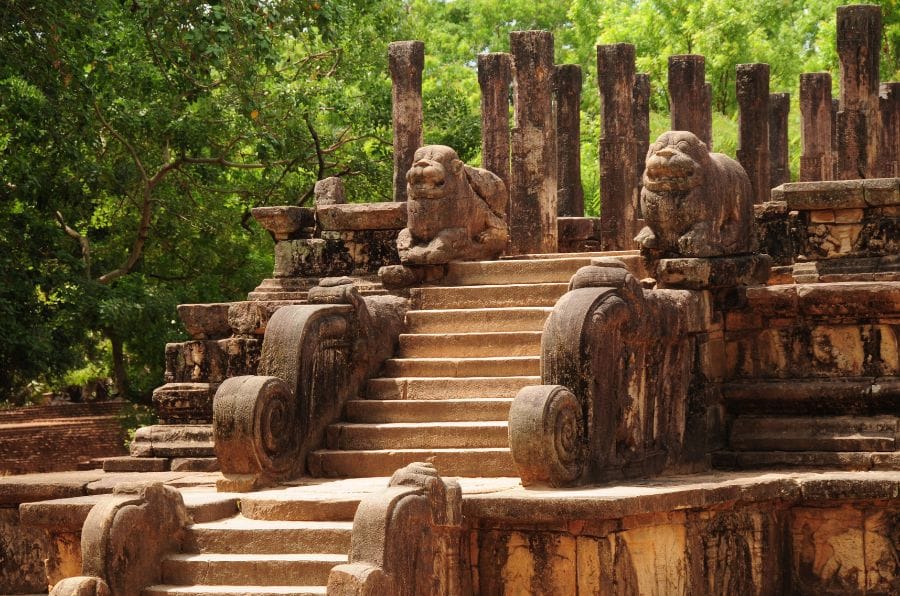
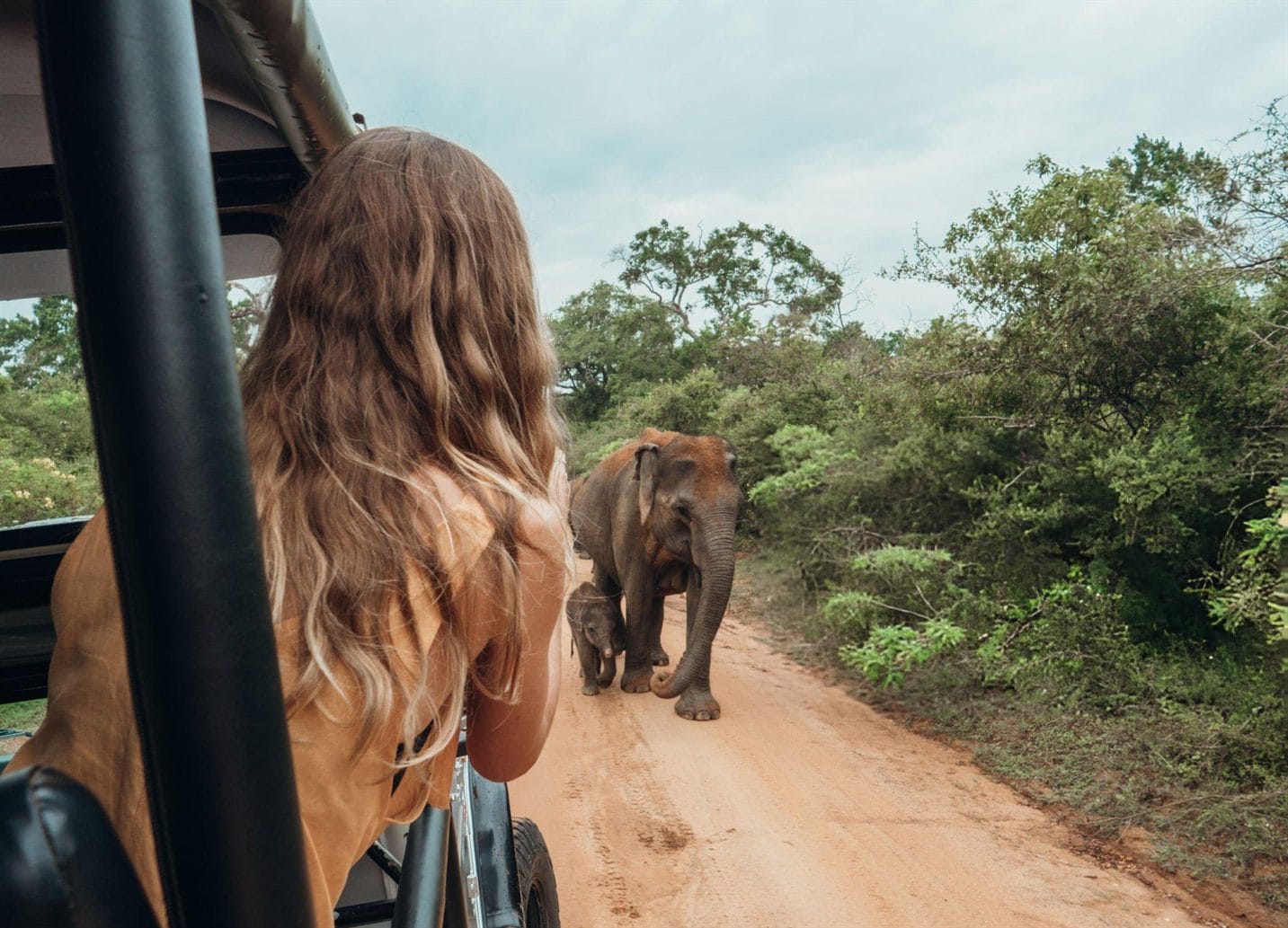
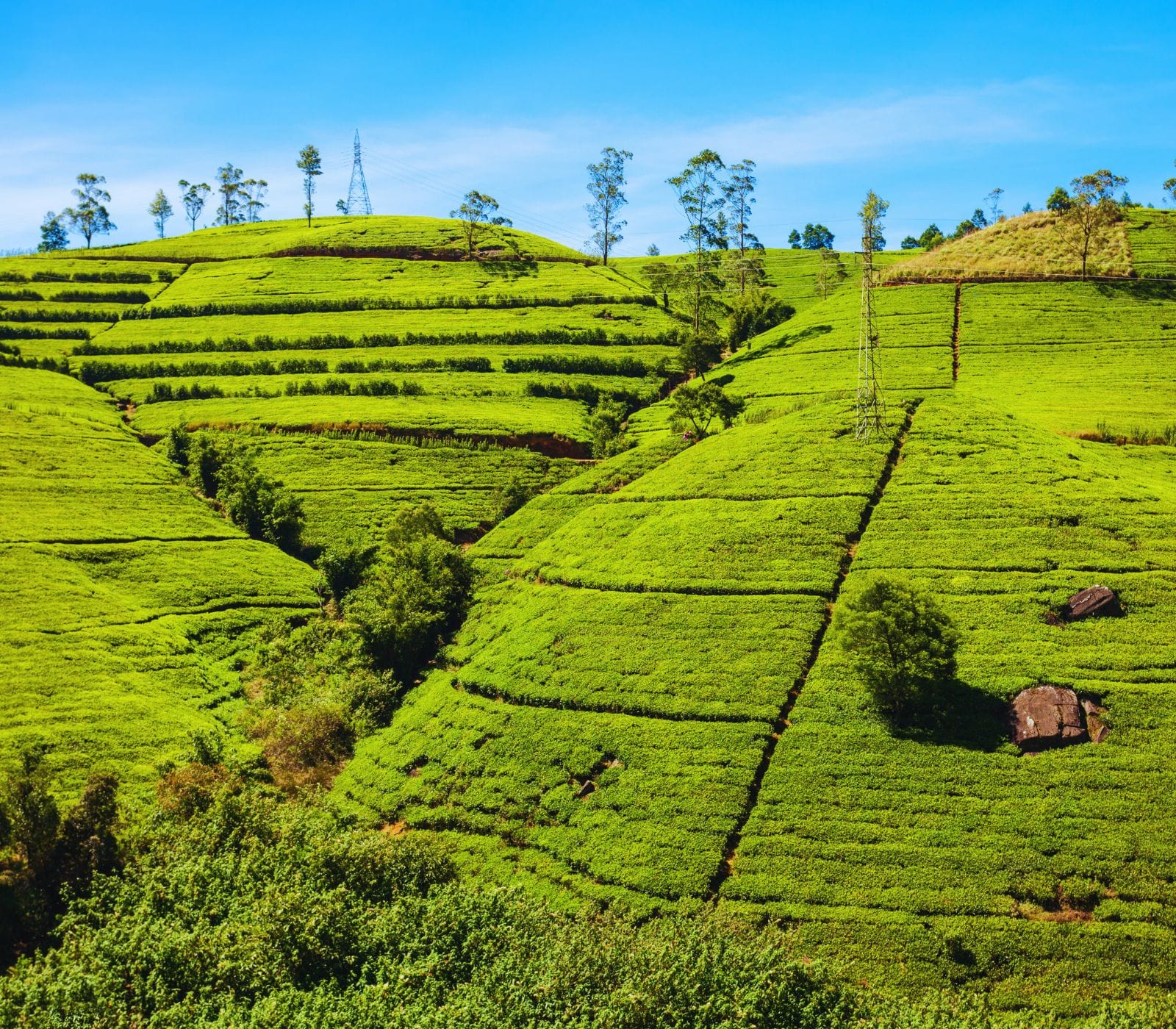
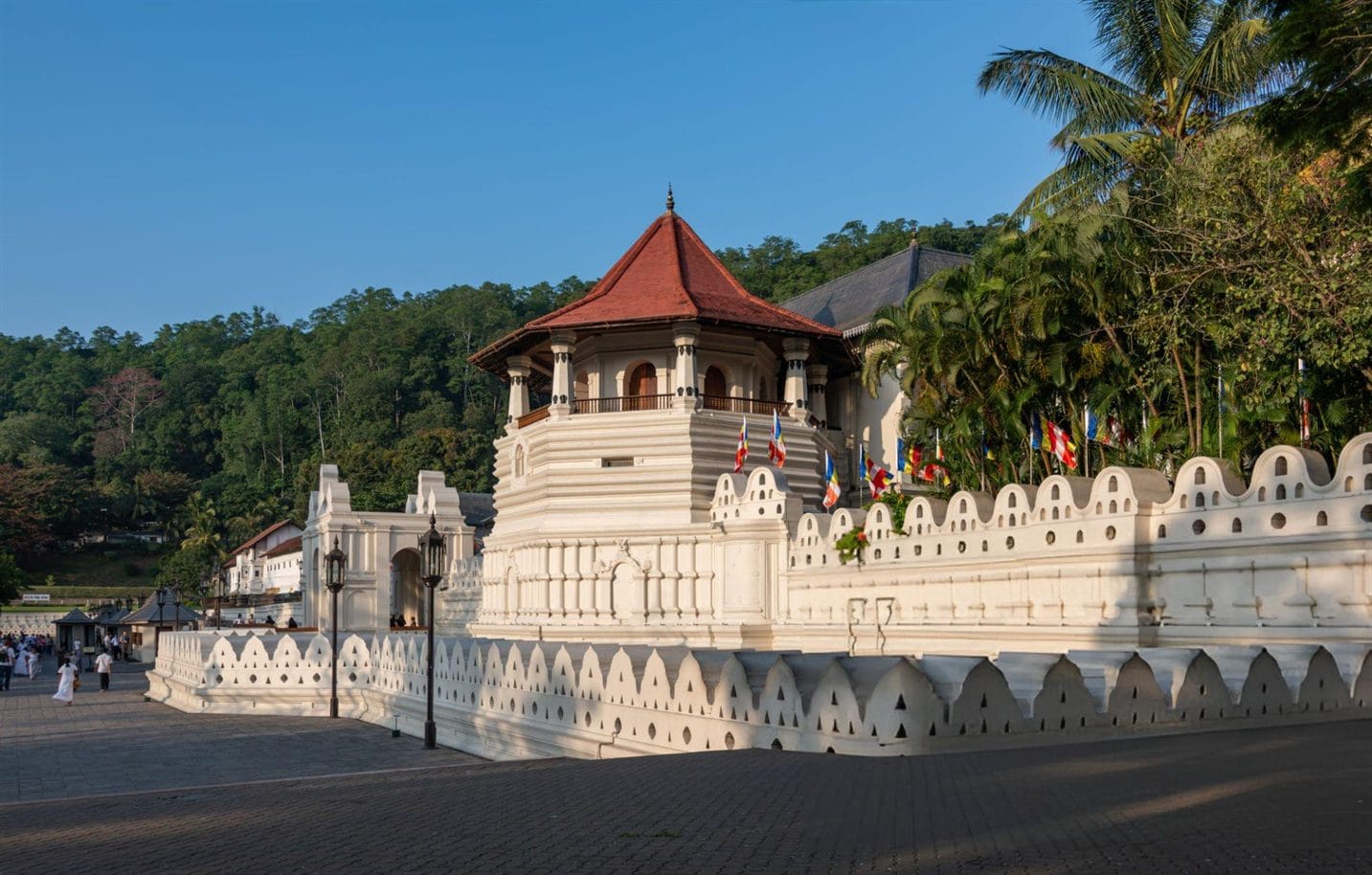
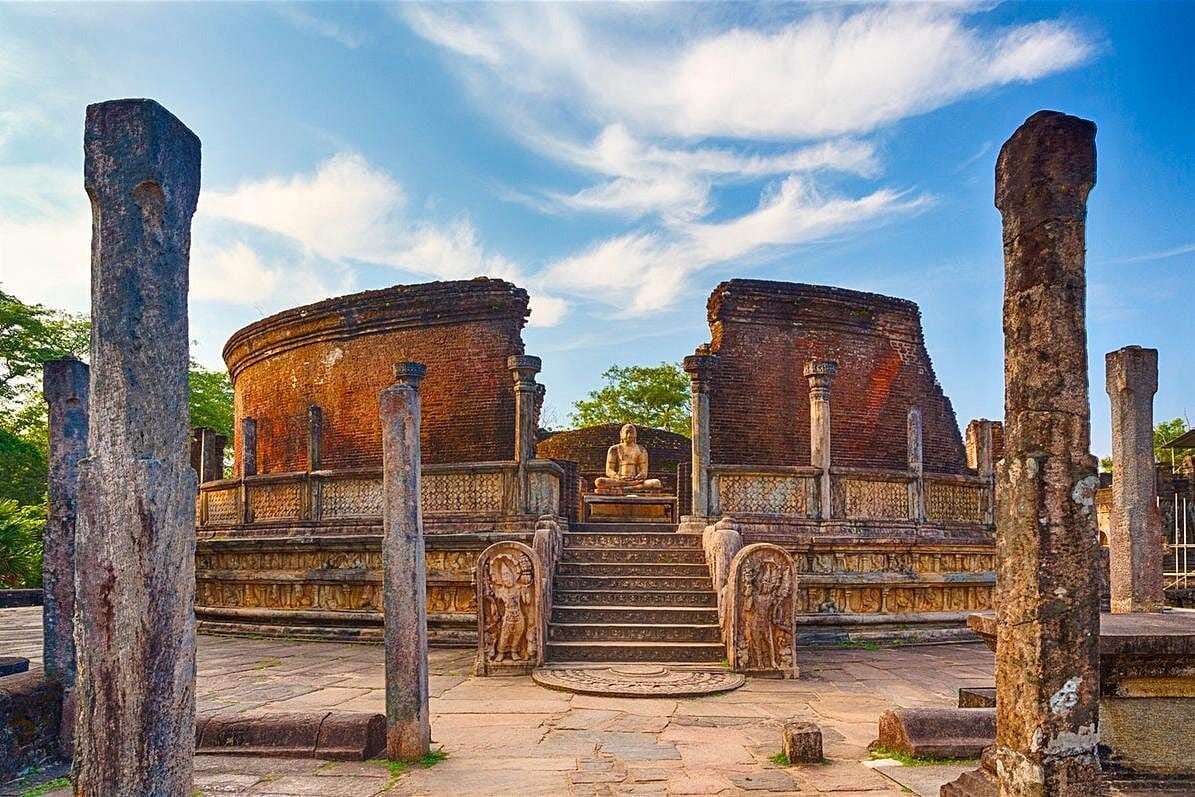



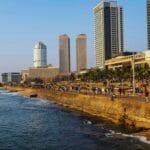

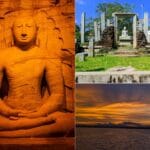
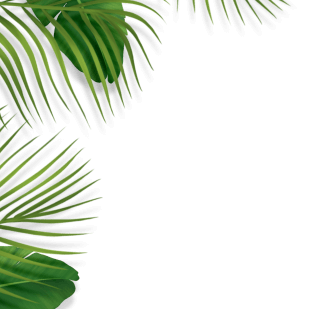
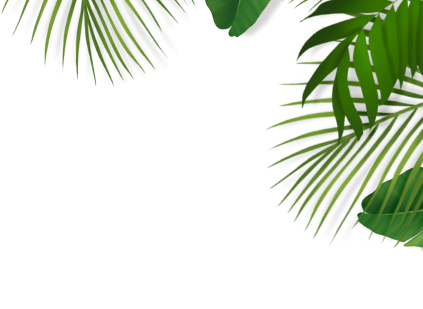
Leave a comment: